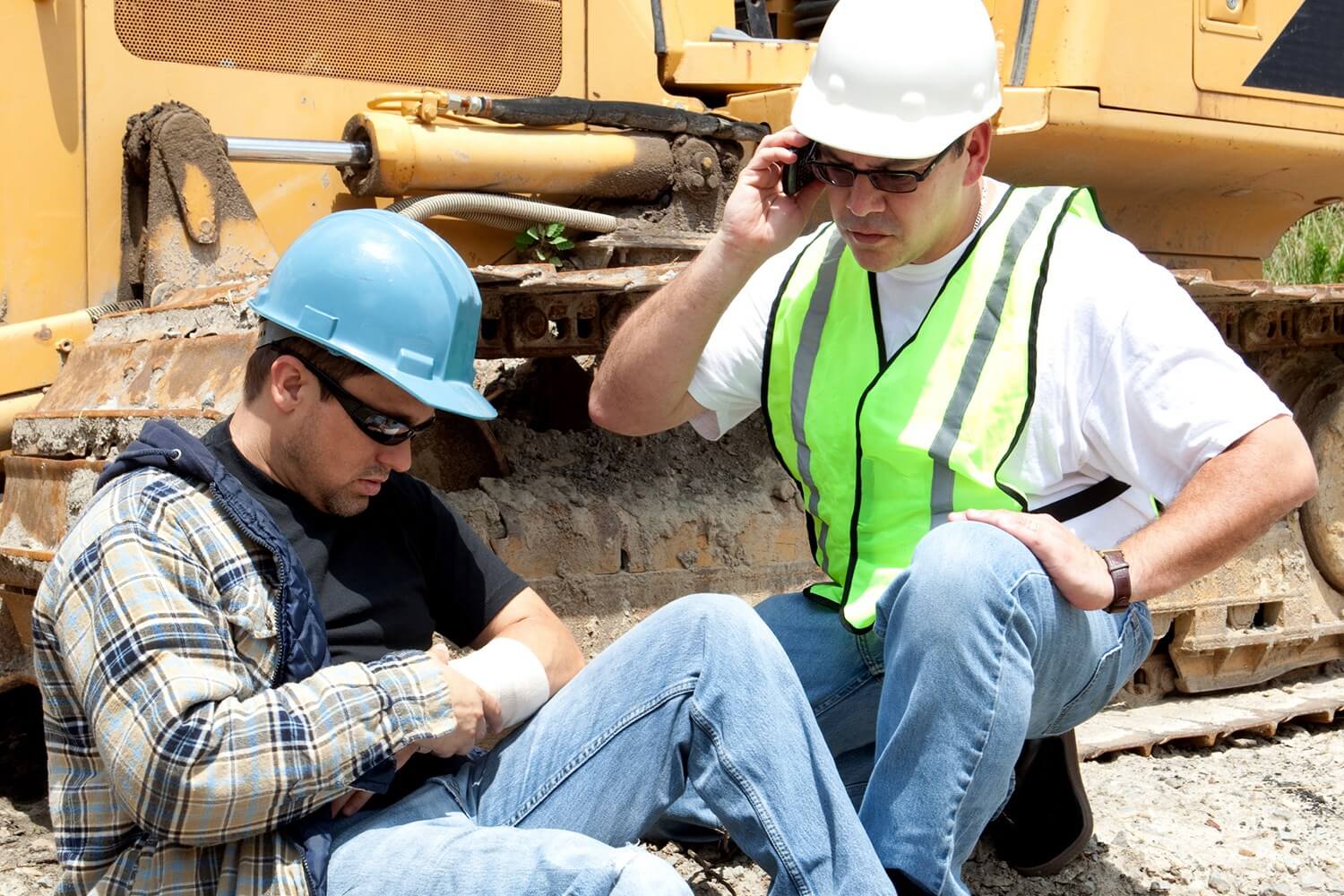In the intricate world of construction, where towering structures rise and skilled workers toil tirelessly, accidents are an unfortunate reality. Construction sites can be perilous environments, replete with heavy machinery, sharp tools, and precarious heights. When an accident occurs, the consequences can be catastrophic, causing injury or even death. In such cases, it becomes imperative to establish negligence as the foundation of a legal claim. Proving negligence in a construction accident case is a complex task that requires a strategic approach, meticulous documentation, and expert legal guidance.
Understanding Negligence
Negligence, in the legal context, refers to a breach of duty that leads to harm or injury to another party. In the context of construction accidents, negligence typically involves the failure of one or more parties to adhere to established safety standards and regulations. The key elements of proving negligence in a construction accident case include:
Duty of Care: It must be established that the party accused of negligence had a duty to ensure the safety of the injured party. This is often an implicit duty in construction contracts, where employers and contractors are obligated to provide a safe working environment.
Breach of Duty: It must be demonstrated that the accused party breached this duty of care, whether through a failure to implement safety measures, inadequate training, or a disregard for safety regulations.
Causation: It is essential to establish a direct link between the breach of duty and the injury suffered by the victim. This requires demonstrating that the negligence was the proximate cause of the accident.
Damages: Finally, the injured party must show that they suffered actual damages as a result of the accident, including medical expenses, lost wages, and pain and suffering.
Legal Strategies for Proving Negligence
Proving negligence in a construction accident case is a rigorous process that demands a thorough understanding of both the legal framework and the nuances of the construction industry. Here are some legal strategies that can be employed:
- Investigation and Documentation
The foundation of any construction accident case is a comprehensive investigation and thorough documentation. Gathering evidence, such as photographs, witness statements, and accident reports, is crucial. Experts in construction safety can also be consulted to assess the scene and provide insights into potential safety violations.
- Identifying Responsible Parties
Construction sites are typically a complex web of contractors, subcontractors, and various stakeholders. It’s essential to identify all parties involved and assess their potential liability. This often includes the general contractor, subcontractors, equipment manufacturers, and even the site owner.

- Compliance with Safety Regulations
Construction sites are subject to numerous safety regulations and standards. An effective strategy involves examining whether the accused party complied with these regulations. Failure to do so can be a compelling argument for negligence.
- Expert Witnesses
Engaging expert witnesses is a common strategy in construction accident cases. Experts can provide insights into industry standards and practices, helping to establish whether the accused party deviated from these norms. Their testimony can be instrumental in proving negligence.
- Employer Liability
In cases involving construction workers, employer liability is a significant aspect. Employers have a duty to provide a safe working environment and may be held liable if they fail to do so. This is especially relevant in cases of inadequate training, insufficient safety equipment, or a lack of safety protocols.
- Comparative Negligence
It’s essential to consider the possibility of comparative negligence, where the injured party’s actions may have contributed to the accident. However, this does not necessarily absolve the accused party of liability. Legal strategies must address this issue, demonstrating that the negligence of the injured party was minimal compared to the accused party’s negligence.
- Settlement Negotiations
While preparing a case for trial is essential, settlement negotiations can also be a viable strategy. In some cases, parties may choose to reach a settlement rather than going through a protracted legal battle. A skilled attorney can negotiate on behalf of the injured party to secure fair compensation.
Conclusion
Proving negligence in a construction accident case is a multifaceted endeavor that demands both legal expertise and an intimate knowledge of the construction industry. Successful legal strategies in these cases involve a combination of investigation, documentation, expert testimony, and a firm understanding of safety regulations. Construction accidents can have life-altering consequences, and holding negligent parties accountable is essential to ensuring justice for the injured parties. If you or someone you know has been affected by a construction accident, seeking legal counsel from experienced professionals is crucial in navigating this challenging terrain and seeking rightful compensation.

